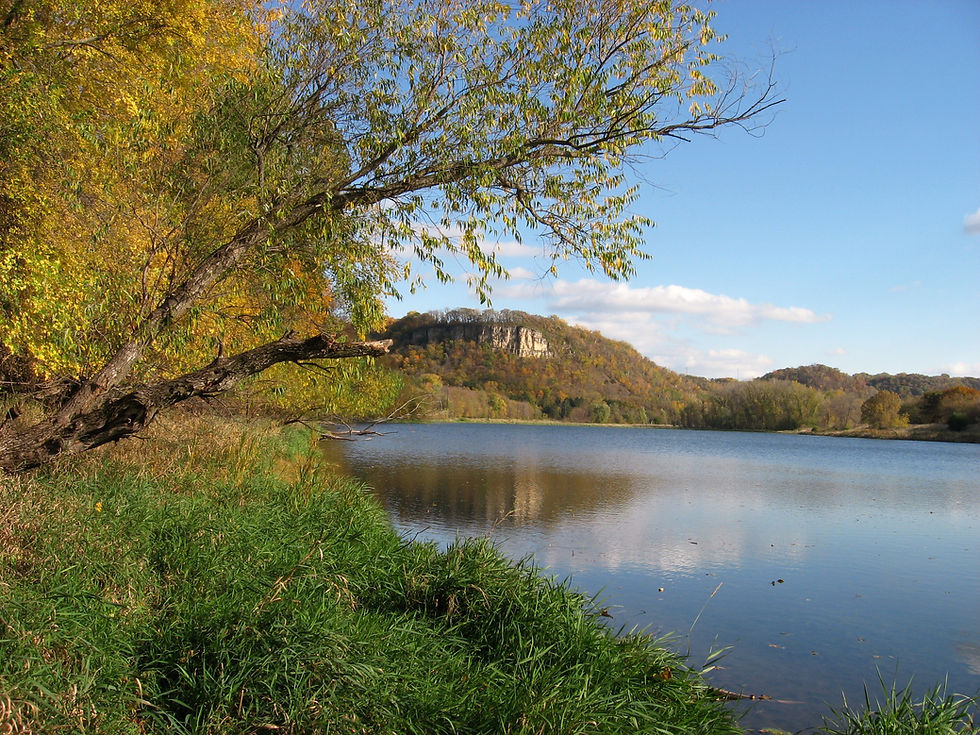A June Snowstorm
- Bruce Ause
- Jun 7, 2017
- 2 min read

Cottonwood Seeds
Those of us living in Wacouta and along the Mississippi River are well aware that early June is the time for seed dispersal for Eastern Cottonwood trees. Only the female tree casts forth this amazing white storm of fluff which ends up in our lawns, screens and air conditioners.
The timing of this event has evolved over thousands of years. Unless the seeds land on exposed soil, they simply perish. Until the lock and dam system was built along the river in the 1930's the second week of June coincided with the receding water levels following spring floods. Now we have a situation where water levels on the river stay high well into the summer. Cottonwood tree regeneration along the river now is almost non-existent. This makes one wonder where the bald eagle nests will be constructed once the old age cottonwood trees die out?

Winter Rye
Much of the field acreage in Wacouta beach was planted last fall to winter rye. This is a great cover crop and will ultimately be harvested around the end of July. The rye grains can be used in making bread or animal fodder. Right now we can enjoy a vast sea of green stretching to the base of Rattlesnake Bluff.

Winter Rye Closeup
Just in the past few days, the rye plants have finally headed out. Over the next six weeks, we can observe the transition from a soft green hue to a golden yellow landscape.

Ox Eye Dasies
One of the more common flowers observed right now along roadside ditches and pastures are the white ox-eye daisies. The number of rays per head varies considerably which gave rise to the petal plucking children's game of "loves me, loves me not."

House Wren
One of the more notable observations in our immediate neighborhood this spring has been the low number of bluebirds. Last year I had six batches of young bluebirds fledged from the few nesting boxes I check on a regular basis. This year only one brood has successfully fledged. Instead, house wrens have hijacked three nesting boxes. Wrens can be very aggressive and will actually drive bluebirds off of an established nest.

Wren Nest
Wrens build their nests out of small twigs and are placed in cavities. They will lay from 3 to 10 white and brown speckled eggs. In this nest there are 8 eggs.

Female Baltimore Oriole
I would like to share some interesting information I received following my request concerning whether the feeding of orioles grape jelly was good or bad. The consensus was that it is fine to feed jelly early in the spring to provide carbohydrates and energy upon the completion of their migration. Once actual nesting begins, it is better to back off the jelly and serve orange halves or crushed grapes. When the young hatch, a diet of proteins is necessary for their development. I know of some birders who provide meal worms as an option.




Comments